Researchers in Japan have developed a mass-production technique for perovskite quantum dots, preparing for wide-scale use in everything from LED displays to crop technologies.
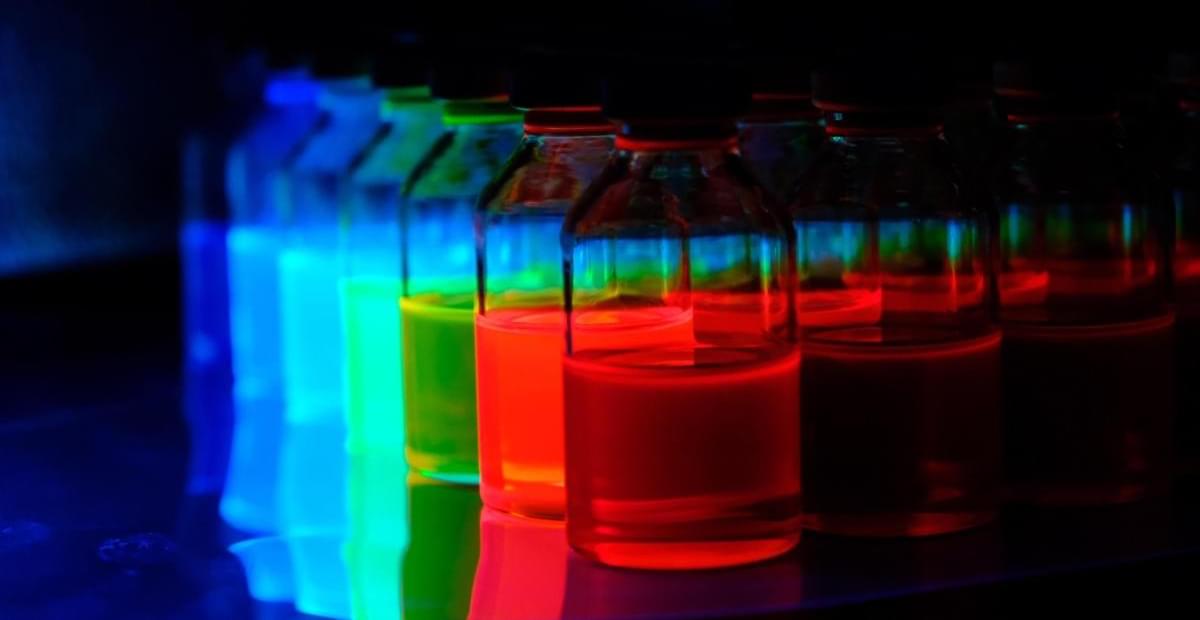

Scientists have observed “quantum rain” for the first time—quantum droplets breaking up just like water in a storm! This discovery bridges classical fluid dy…

But now, a bold new idea is challenging this tidy system. Scientists at Rice University in Texas believe there may be a third kind of particle—one that doesn’t follow the rules of fermions or bosons. They’ve developed a mathematical model showing how these unusual entities, called paraparticles, could exist in real materials without breaking the laws of physics.
“We determined that new types of particles we never knew of before are possible,” says Kaden Hazzard, one of the researchers behind the study. Along with co-author Zhiyuan Wang, Hazzard used advanced math to explore this idea.
Their work, published in Nature, suggests that paraparticles might arise in special systems and act differently than anything scientists have seen before.
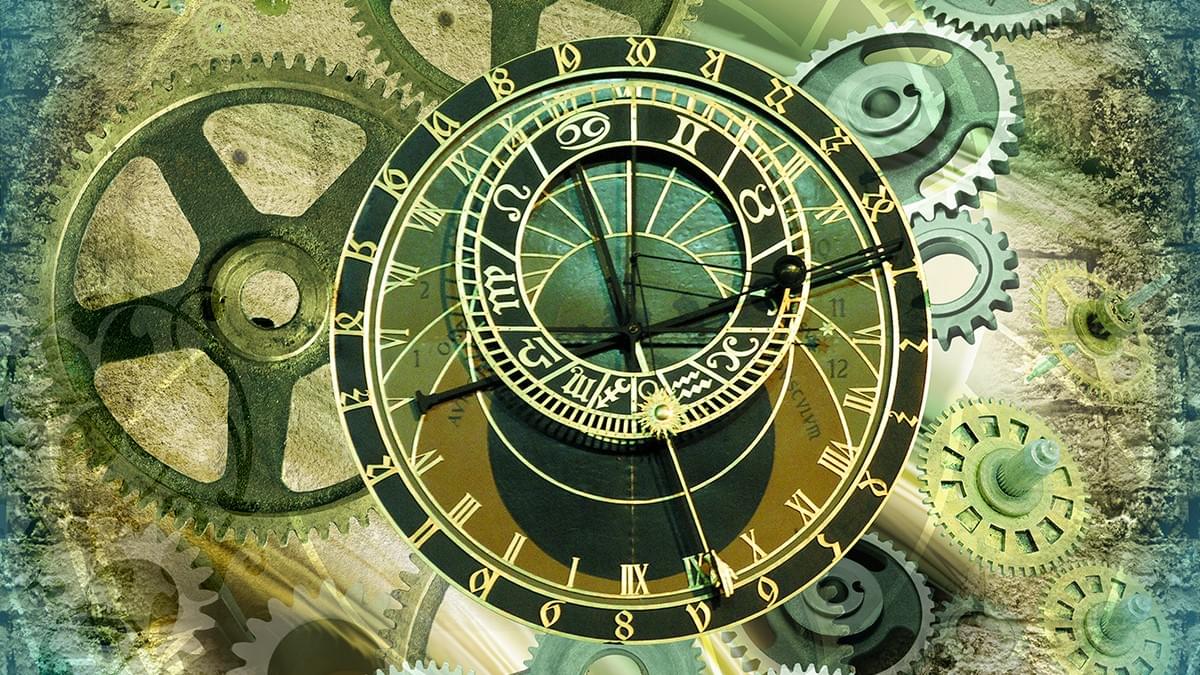
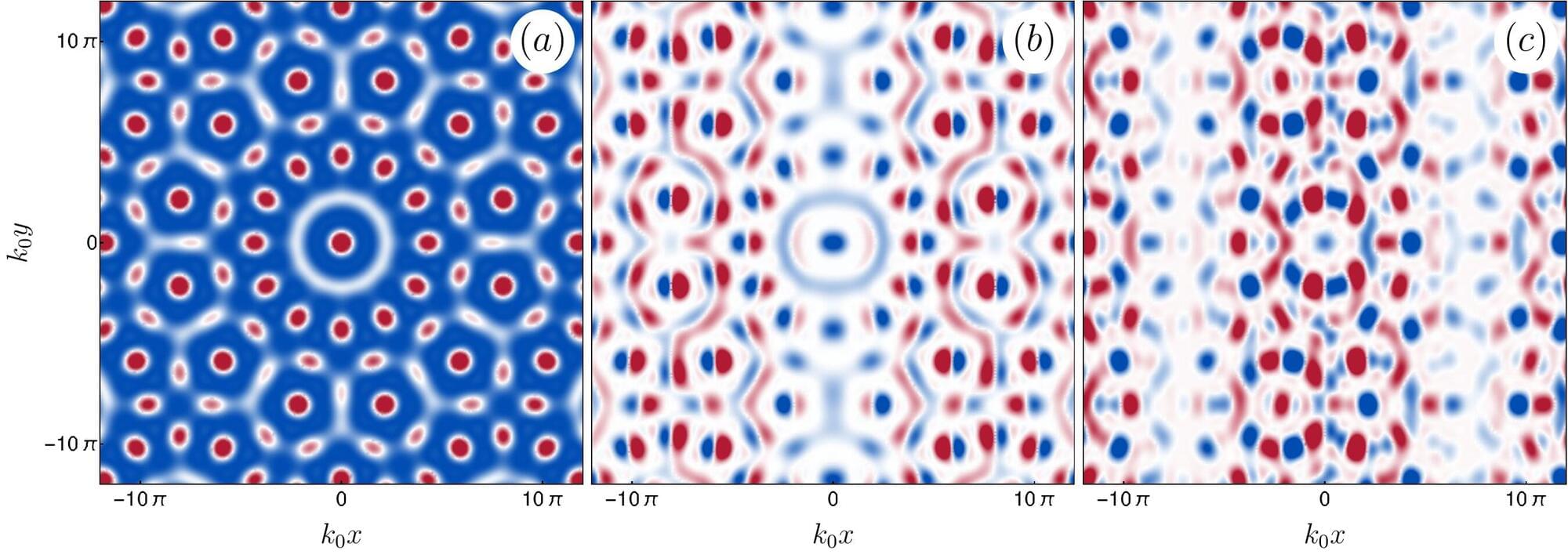
Quasicrystals, exotic states of matter characterized by an ordered structure with non-repeating spatial patterns, have been the focus of numerous recent physics studies due to their unique organization and resulting symmetries. Among the quasicrystals that have sparked significant interest among the physics community are so-called quantum quasicrystals, which are comprised of bosons (i.e., subatomic particles that have spin in integer values, such as 0, 1, 2, and so on, and can occupy the same quantum state simultaneously).
Researchers at the Max Planck Institute for the Physics of Complex Systems (MPIPKS) recently introduced a new theoretical framework that describes low-energy excitations in bosonic quantum quasicrystals. Their newly devised theory, outlined in a paper published in Physical Review Letters, is an extension of conventional theories of elasticity, which also accounts for the unique symmetries of quantum quasicrystals.
“This paper is part of an ongoing collaboration with two colleagues, Prof. Francesco Piazza and Dr. Mariano Bonifacio, which began in 2022 when I was a guest scientist at MPIPKS in Dresden, Germany,” Alejandro Mendoza-Coto, first author of the paper, told Phys.org.
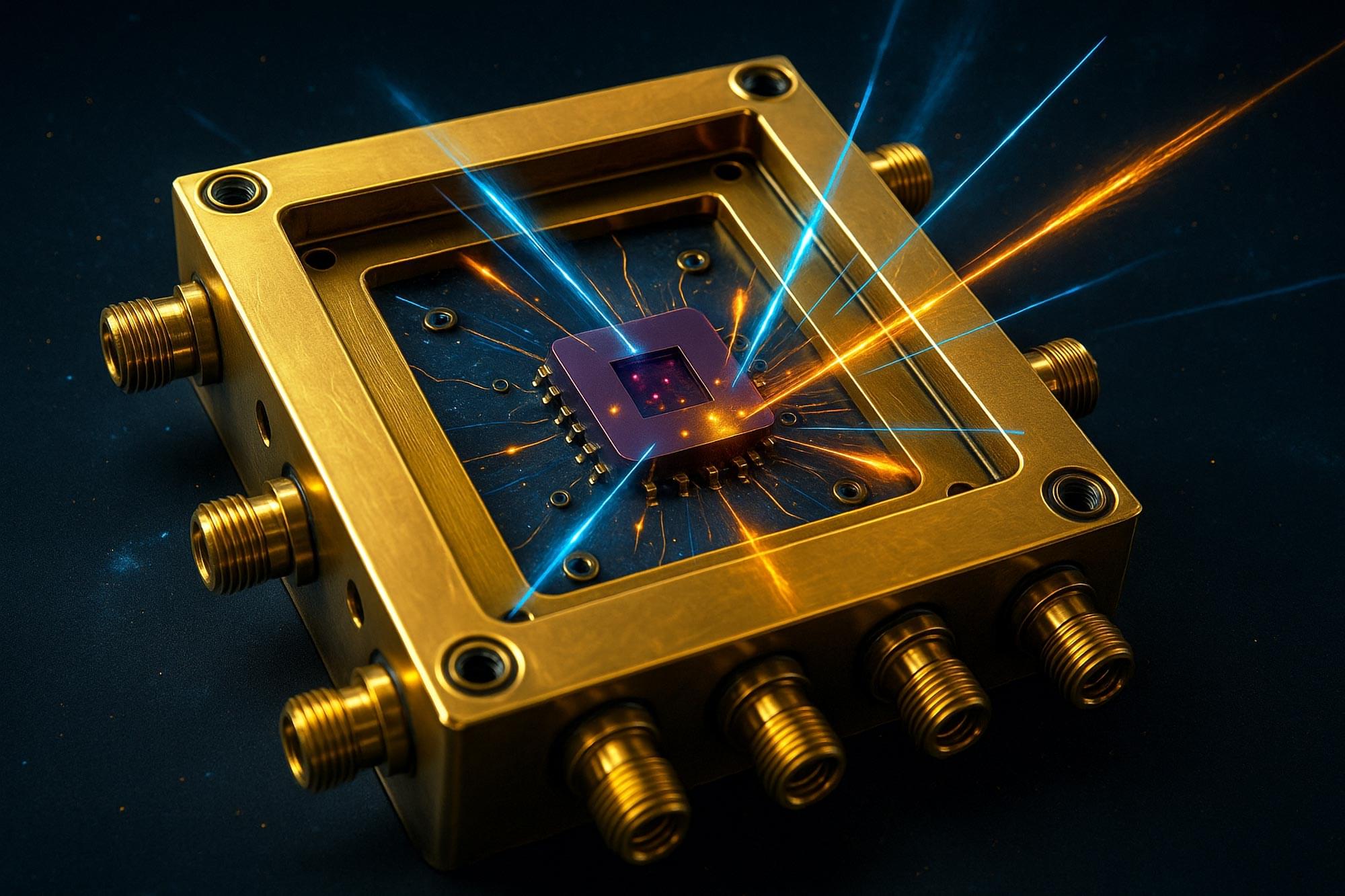
Physicists are tapping into the strange world of quantum sensors to revolutionize particle detection in the next generation of high-energy experiments.
These new superconducting detectors not only offer sharper spatial resolution but can also track events in time—essential for decoding chaotic particle collisions. By harnessing cutting-edge quantum technologies originally developed for astronomy and networking, researchers are making huge strides toward identifying previously undetectable particles, including potential components of dark matter.
Unlocking the universe with particle colliders.
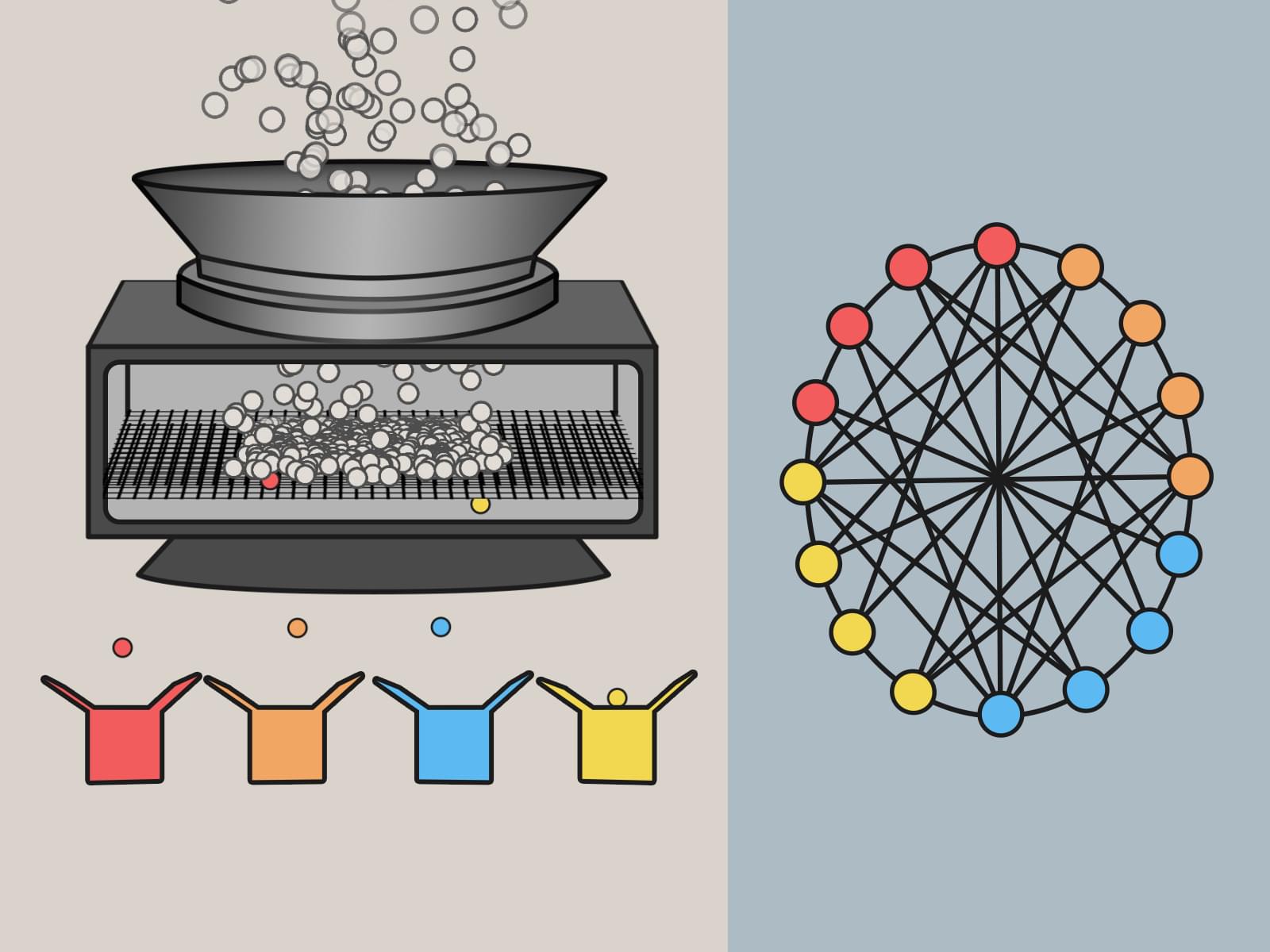
PRESS RELEASE — Quantum computers promise to speed calculations dramatically in some key areas such as computational chemistry and high-speed networking. But they’re so different from today’s computers that scientists need to figure out the best ways to feed them information to take full advantage. The data must be packed in new ways, customized for quantum treatment.
Researchers at the Department of Energy’s Pacific Northwest National Laboratory have done just that, developing an algorithm specially designed to prepare data for a quantum system. The code, published recently on GitHub after being presented at the IEEE International Symposium on Parallel and Distributed Processing, cuts a key aspect of quantum prep work by 85 percent.
While the team demonstrated the technique previously, the latest research addresses a critical bottleneck related to scaling and shows that the approach is effective even on problems 50 times larger than possible with existing tools.
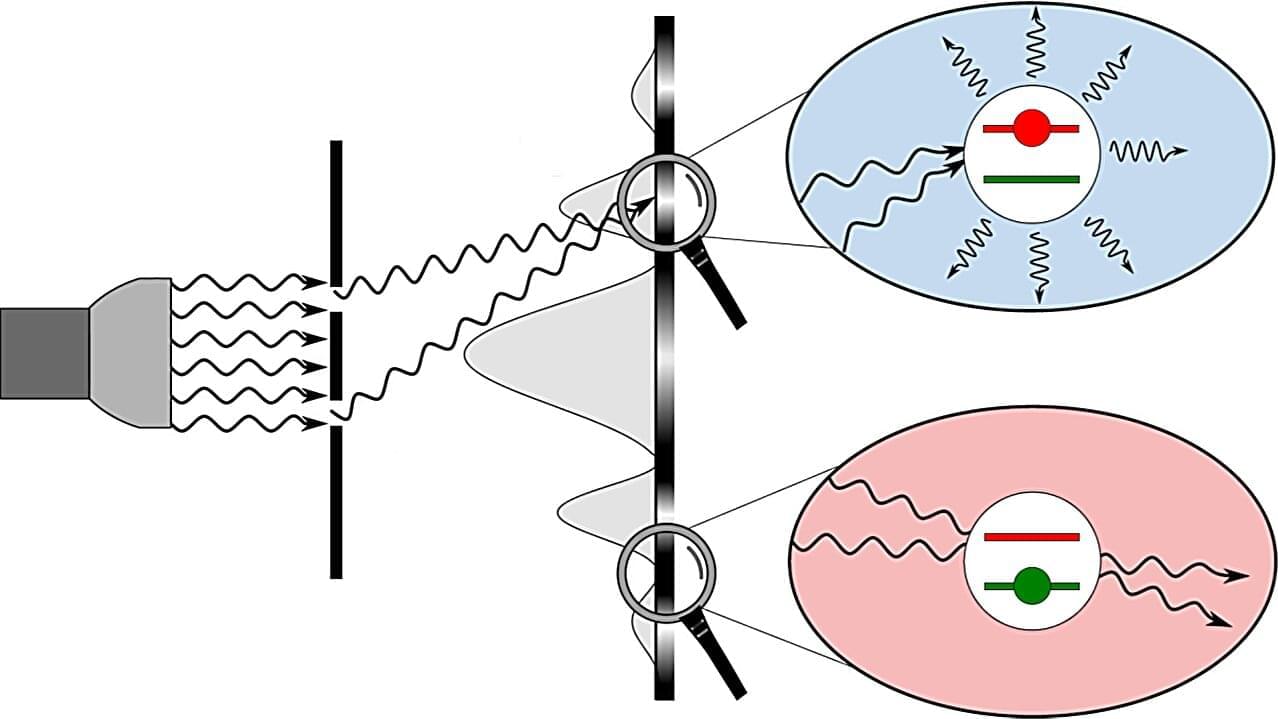
Classical physics theories suggest that when two or more electromagnetic waves interfere destructively (i.e., with their electric fields canceling each other out), they cannot interact with matter. In contrast, quantum mechanics theory suggests that light particles continue interacting with other matter even when their average electric field is equal to zero.
Researchers from Federal University of São Carlos, ETH Zurich and the Max Planck Institute of Quantum Optics recently carried out a study exploring this contrast between classical and quantum mechanics theories through the lens of quantum optics, the field of study exploring interactions between light and matter at a quantum level. Their paper, published in Physical Review Letters, proposes that classical interference arises from specific two-mode binomial states, which are collective bright and dark entangled states of light.
“After a long-standing and fruitful collaboration on cavity QED topics with the first author, Celso J. Villas-Boas, he and I exchanged many insightful ideas concerning the reported topic over a period of several years or so,” Gerhard Rempe, senior author of the paper, told Phys.org.
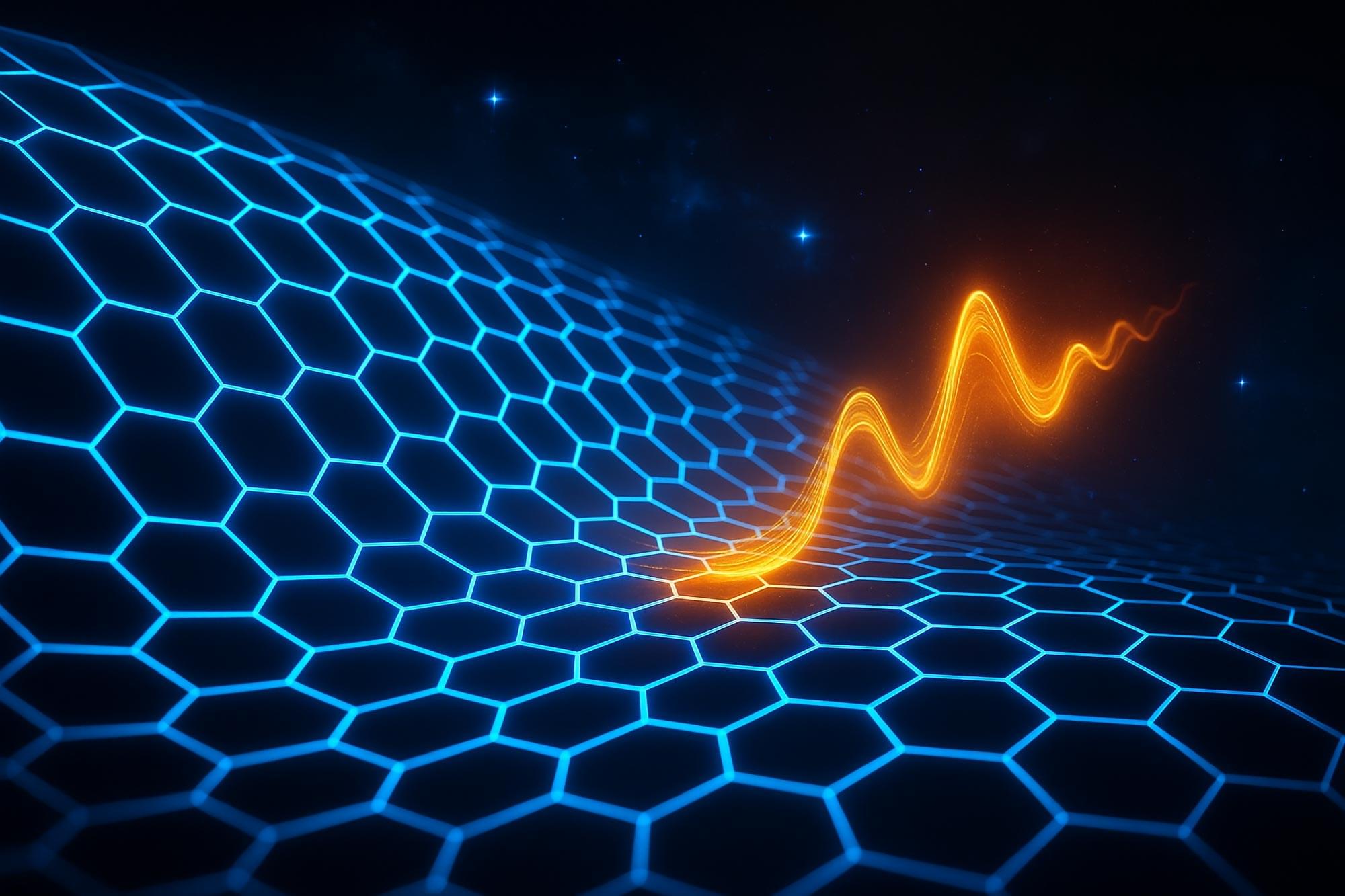
ICTP — SAIFR
School on Quantum Chaos.
August 21 – September 1, 2023
Speaker:
Barbara Dietz (Institute for Basic Science (IBS), Republic of Korea): Non-Relativistic and Relativistic Quantum Chaos.
More Informations: